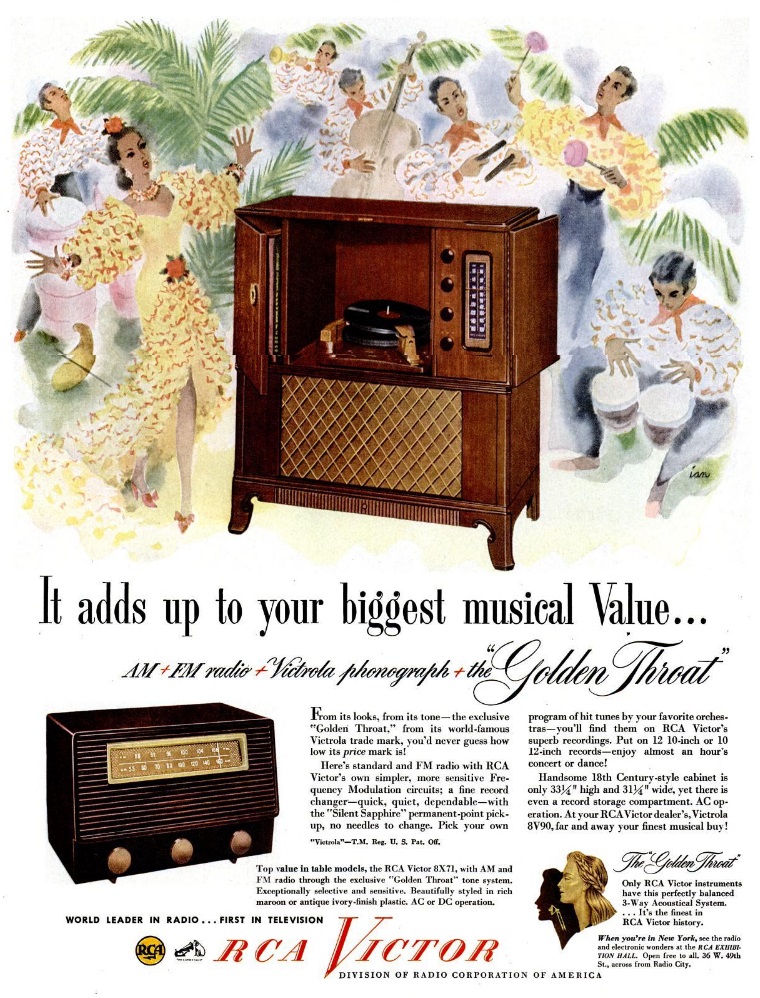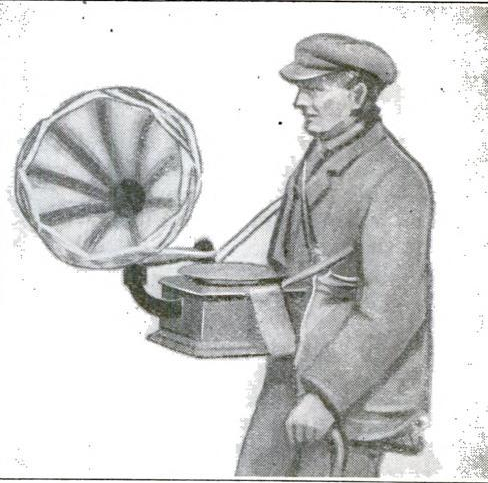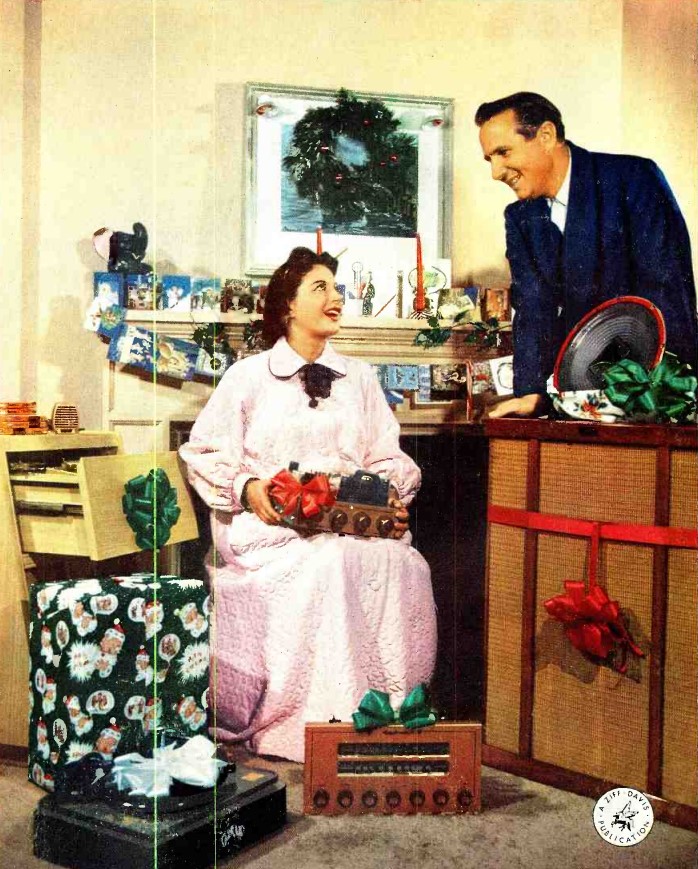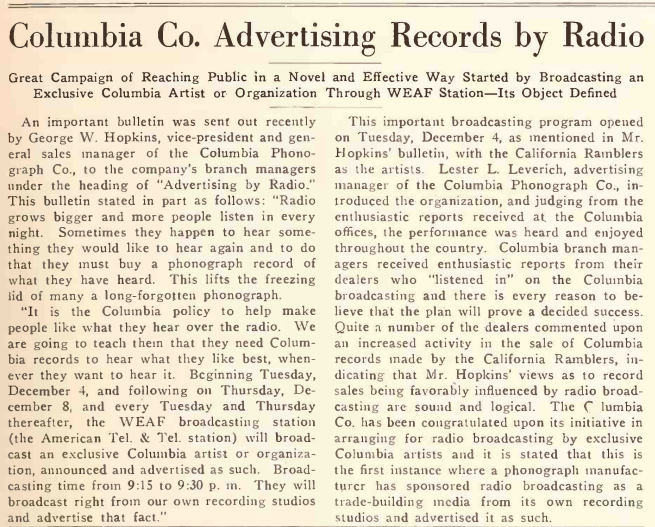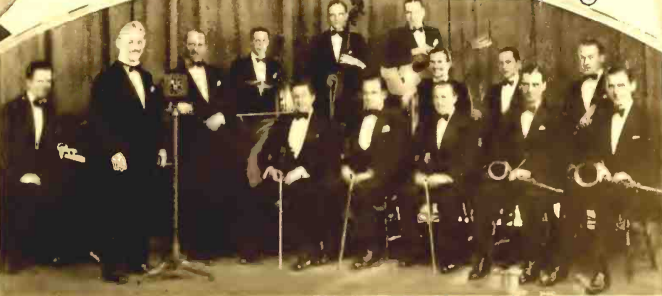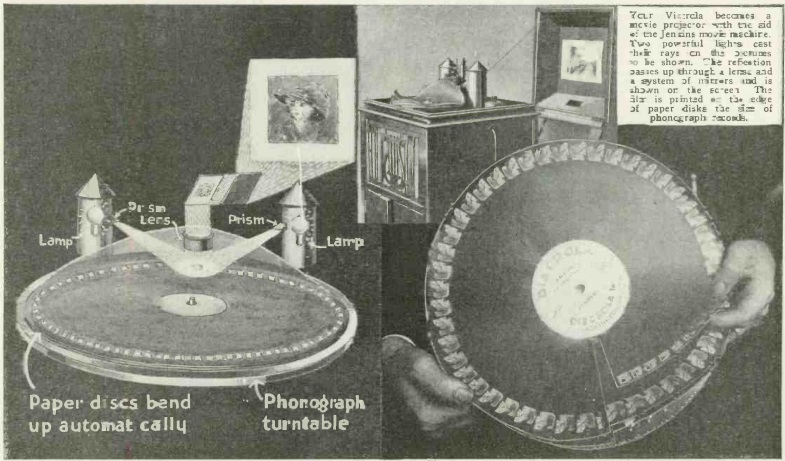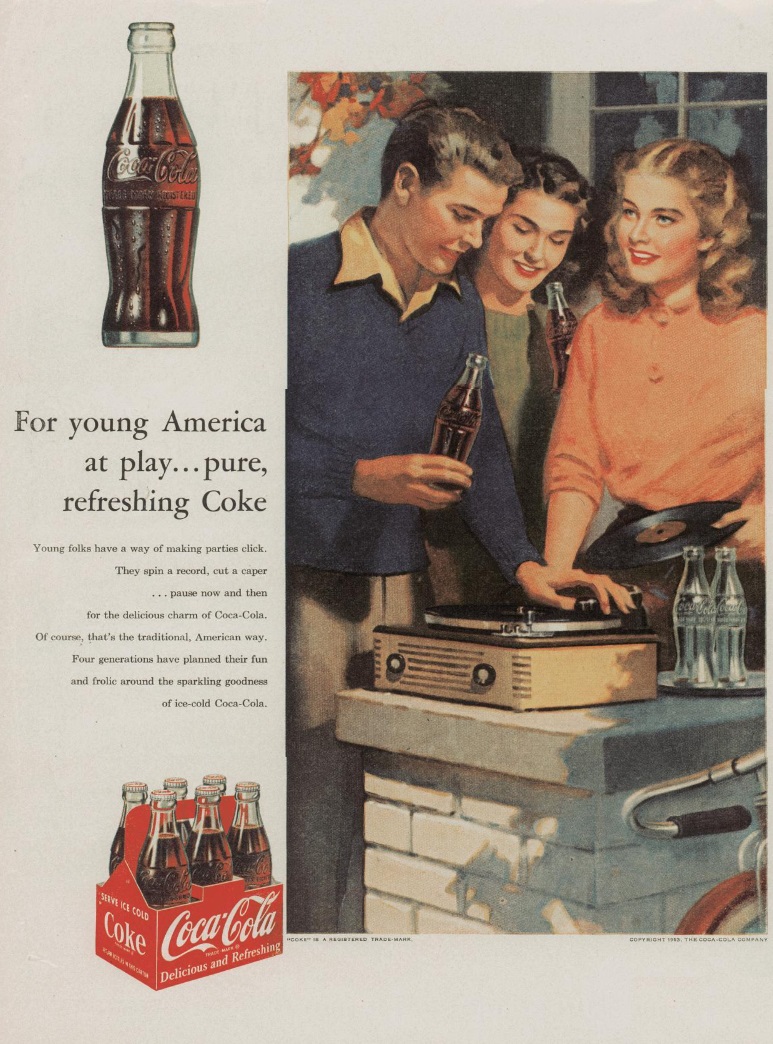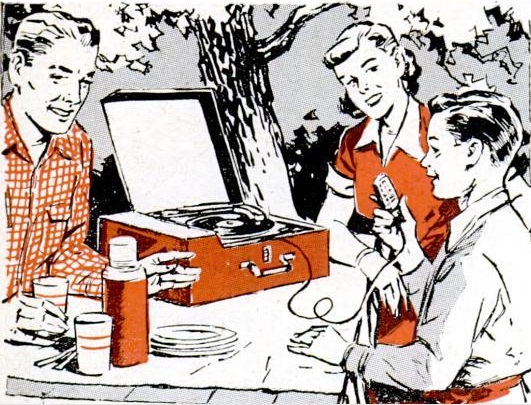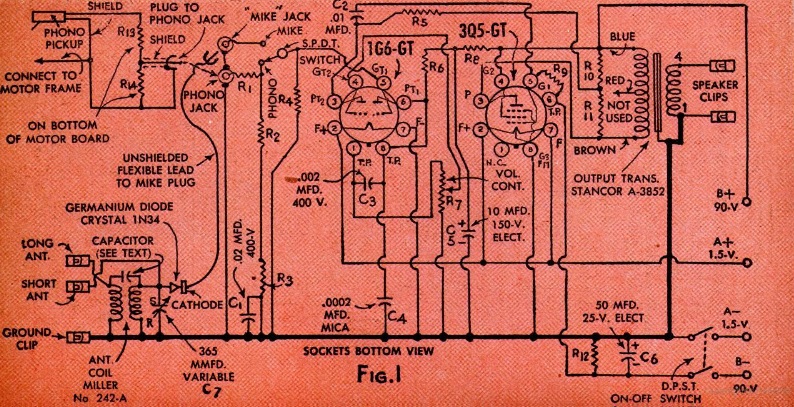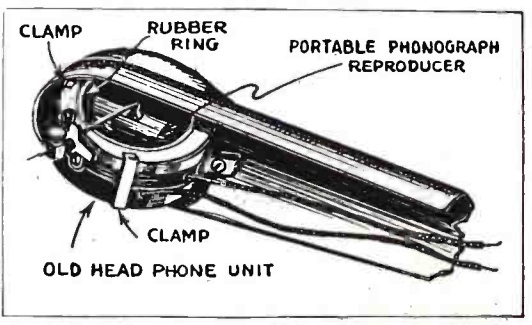 Eighty years ago, wartime parts shortages meant you couldn’t just walk into the store and buy parts for your radio or phonograph. Occasionally, substitutions were necessary, and they sometimes required a bit of ingenuity to make them work.
Eighty years ago, wartime parts shortages meant you couldn’t just walk into the store and buy parts for your radio or phonograph. Occasionally, substitutions were necessary, and they sometimes required a bit of ingenuity to make them work.
Such was the case for one John J. Leap of New York City, who sent this idea in to the publishers of Radio Craft, where it was published in the November 1943 issue. The pickup on his phonograph had gone bad, and the replacement was unobtainium. Therefore, he made his own, using a headphone and the reproducer from an old mechanical phonograph.
The stylus was soldered to the diaphragm of the headphone, which was used in the place of the original mica piece in the reproducer. The combined unit was then mounted to the original tone arm.
The editors of the magazine decided to duplicate the idea, and they found it to give good results both in quality and volume.
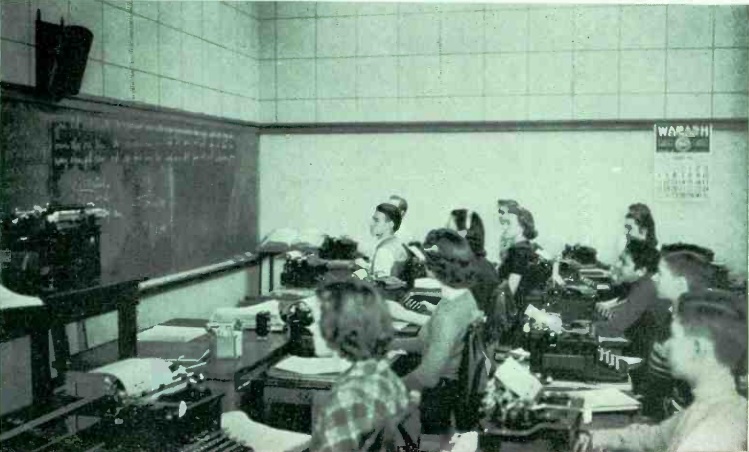 As shown here in the January 1939 issue of Radio Retailing, it looks like a few boys 85 years ago got the memo that the place to meet girls (and learn a useful skill) was to take typing class.
As shown here in the January 1939 issue of Radio Retailing, it looks like a few boys 85 years ago got the memo that the place to meet girls (and learn a useful skill) was to take typing class.
